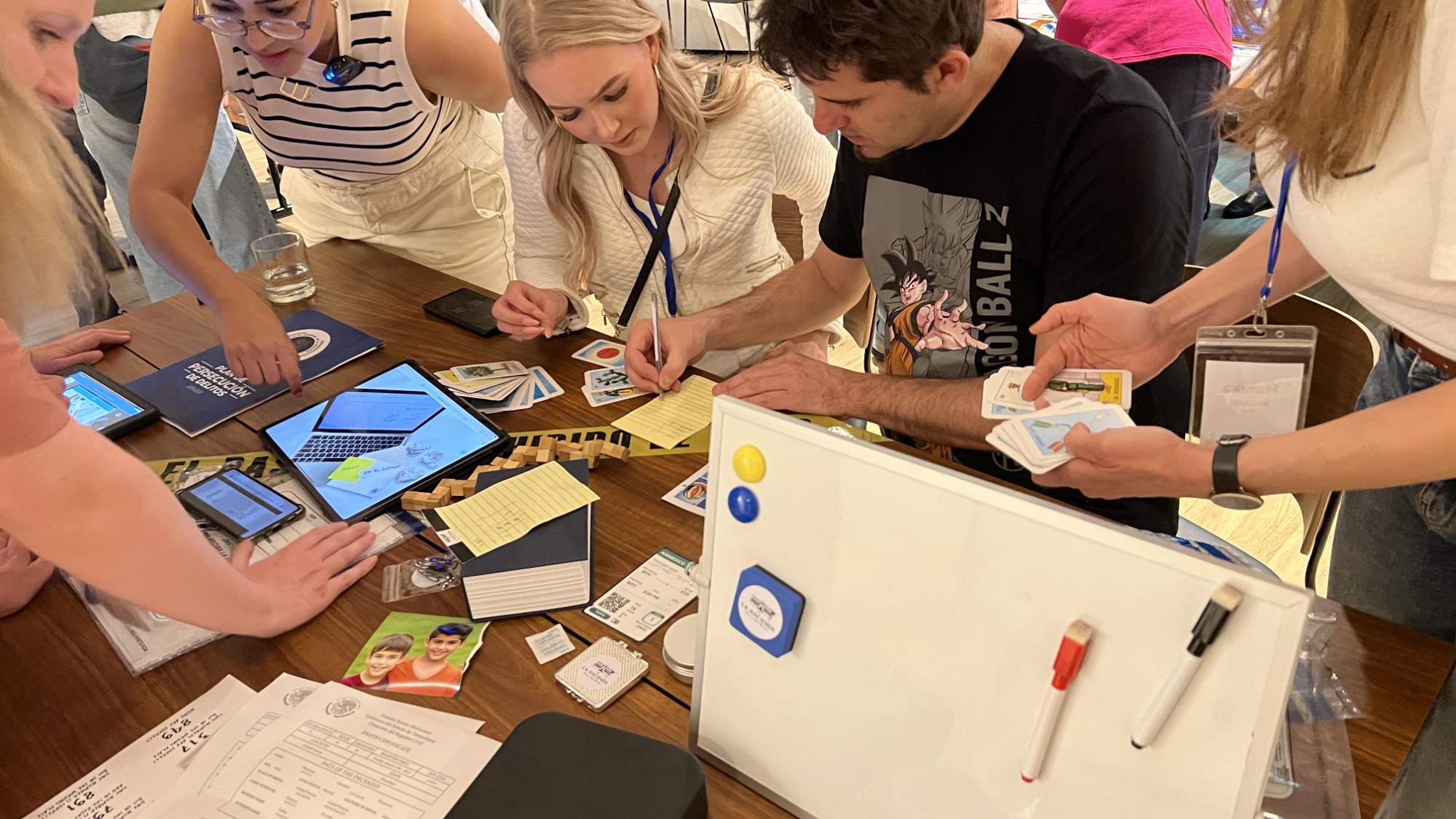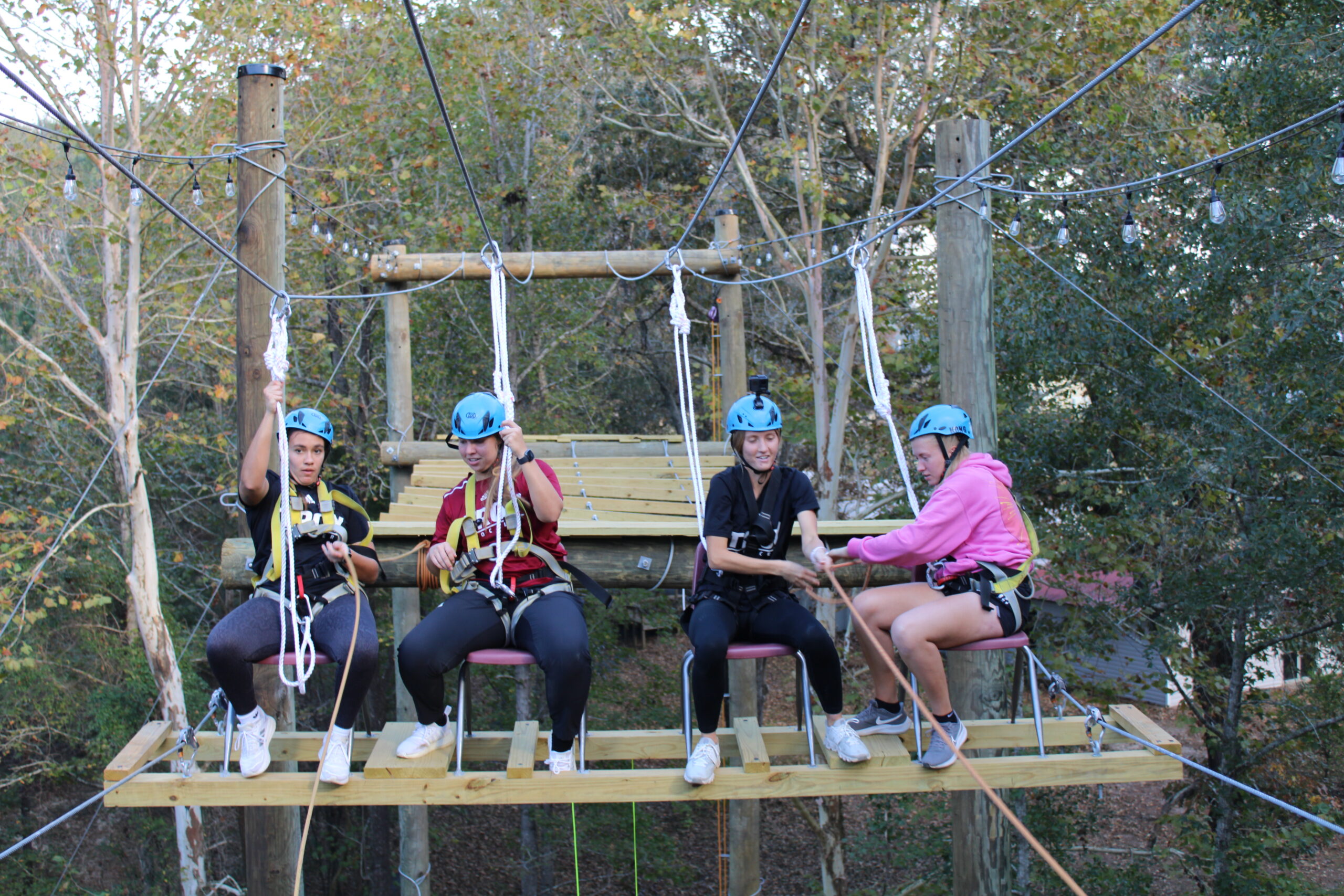Immerse Your Group in a Dynamic Obstacle Course Experience for Growth and Unity
In the realm of group advancement and communication, the usage of dynamic obstacle training courses has arised as a compelling approach to foster development and unity among group members. As groups deal with these tests together, they are often challenged with the chance to uncover untapped capacity, grow bonds, and uncover brand-new techniques for functioning jointly towards typical objectives.
Benefits of Dynamic Difficulty Courses
Taking part in vibrant obstacle courses provides teams a hands-on opportunity to establish crucial communication and analytical abilities in a physically interesting setting. These courses offer a special setup where group members are confronted with different barriers that call for collaboration, effective interaction, and quick decision-making to get over. By participating in tasks such as high ropes training courses, group structure games, and problem-solving challenges, participants are pushed out of their comfort zones, fostering personal and team growth.
One significant advantage of dynamic obstacle programs is the enhancement of interaction skills within groups. With facing difficulties with each other, group members find out to interact extra successfully, pay attention proactively, and give clear instructions to one an additional. In general, vibrant challenge programs use an alternative strategy to team growth, combining physical activity with skill-building to advertise unity and development.
Team Building Via Obstacle Navigation
Browsing obstacles as a group provides an one-of-a-kind opportunity for promoting cooperation and strengthening interpersonal relationships within a team. The procedure of overcoming difficulties with each other calls for effective interaction, count on, and shared assistance. Barrier navigation on a dynamic difficulty training course motivates team participants to count on each other's staminas, problem-solving capacities, and resilience. By challenging physical and mental obstacles as a cohesive system, employee find out to utilize individual skills for the collective benefit of the group.

Enhancing Interaction Skills and Trust
Structure upon the foundation of strengthened interpersonal relationships developed through getting over obstacles as a group, the focus currently shifts towards boosting communication abilities and cultivating depend on within the team dynamic. Effective interaction is vital for ensuring that group participants understand each various other's goals, point of views, and approaches. By taking part in activities that need clear and succinct communication, such as navigating a difficulty training course blindfolded or fixing a problem with minimal verbal cues, team members can exercise active listening and reliable expression of ideas.
Trust fund is another vital component in group dynamics. Trusting your colleagues suggests thinking in their abilities, intentions, and dependability. With collective difficulties that demand a high degree of trust fund, such as a trust fall or a ropes course where team members count on each various other for safety additional resources and security, people find out to allow go of anxiety and uncertainty, cultivating a sense of unity and communication within the group. By sharpening interaction abilities and developing depend on, groups can accomplish higher synergy and productivity.
Fostering Sociability and Unity
Unity amongst team participants is the keystone of a solid and cohesive team dynamic, necessary for achieving shared objectives and promoting a sense of friendship. When staff member feel joined, they are most likely to connect successfully, trust each other, and work collaboratively in the direction of a common purpose. Promoting camaraderie within a group can be achieved with numerous activities throughout a dynamic obstacle program experience. These tasks encourage employee to like it rely upon each various other, construct mutual respect, and value the distinct toughness that each individual gives the team. By participating in challenges that need cooperation and sychronisation, group members establish a deeper connection and understanding of one an Source additional, leading to a strong feeling of unity. This unity not just enhances teamwork throughout the obstacle course however additionally carries over into the work environment, producing a favorable and supportive atmosphere where people really feel valued and motivated to function towards shared success.

Techniques for Long-Term Group Growth
By specifying particular targets, group participants can align their initiatives towards a typical objective, promoting inspiration and responsibility. Encouraging open dialogue, providing constructive comments, and proactively listening to group members can boost collaboration and depend on within the group.
Moreover, purchasing constant understanding and growth opportunities can aid team members obtain brand-new skills, stay involved, and adapt to advancing challenges. Whether with training programs, workshops, or mentorship campaigns, providing methods for personal and professional development can add to the team's general success. In addition, identifying and commemorating achievements, both tiny and large, can boost morale and strengthen a favorable team culture. By carrying out these approaches consistently, teams can navigate obstacles, welcome change, and thrive in the future.

Conclusion
To conclude, dynamic difficulty programs use many advantages for group development and unity. By participating in obstacle navigation, group participants can boost their interaction abilities, construct count on, and foster camaraderie. These experiences give a platform for long-term team growth and development, bring about a much more efficient and cohesive team dynamic. Welcoming the obstacles provided in these programs can inevitably cause a more powerful and a lot more unified team.
In the realm of group advancement and cohesion, the use of vibrant difficulty courses has actually emerged as an engaging technique to foster growth and unity amongst team members. By involving in activities such as high ropes training courses, team structure video games, and analytic challenges, individuals are pushed out of their convenience zones, fostering individual and team development.
In essence, group building via obstacle navigating is an effective means to cultivate an interconnected and helpful group dynamic.
